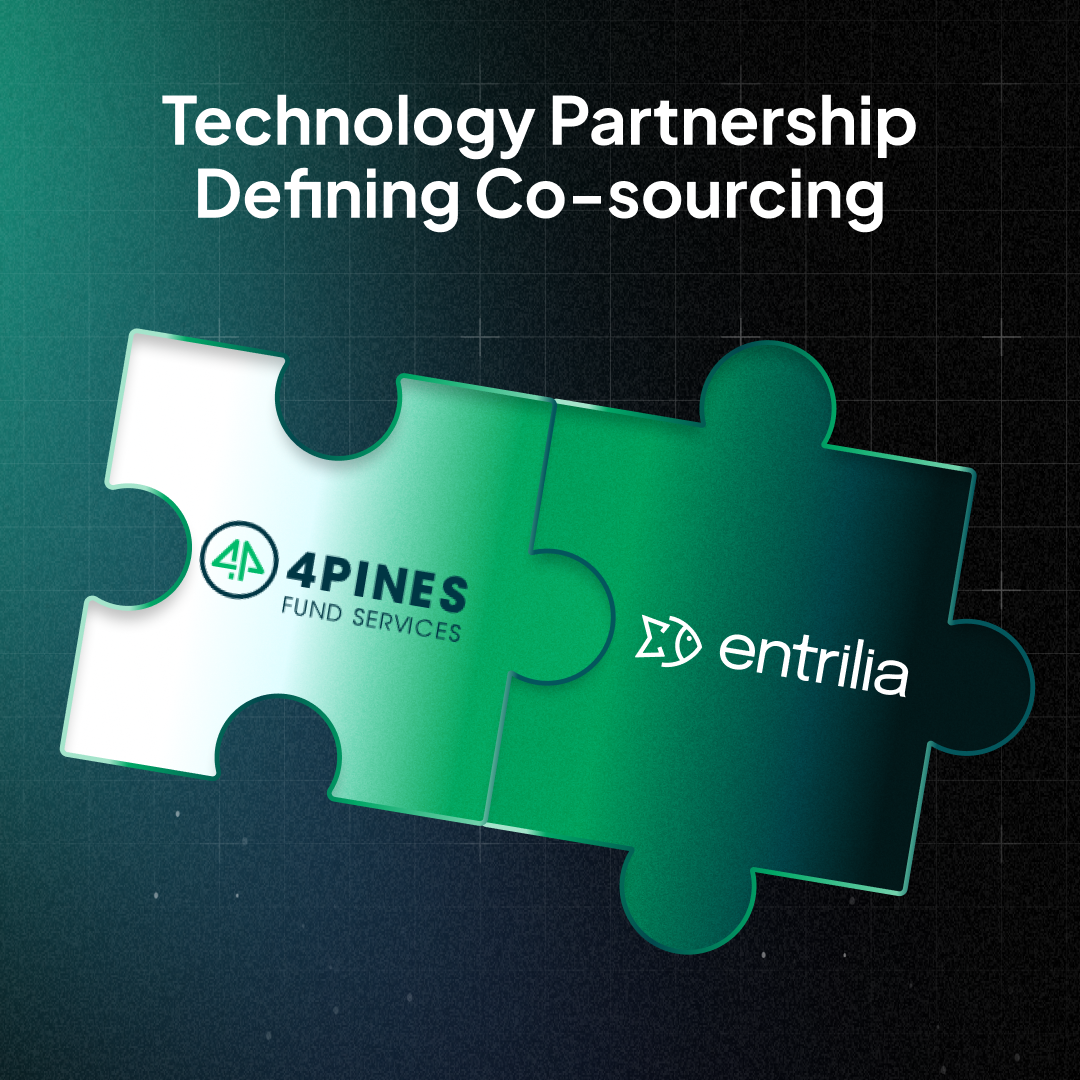A Q&A with Eric Faw the CEO of Entrilia on the past, present and future of technology in private equity and the role of Entrilia.
You’ve been in this space a while, having worked with and around the main incumbents. How would you summarize the current state of technology in the alternative investment industry?
Since the 90s, software vendors in the alternative fund space have been building platforms to achieve a greater “end-to-end” digital footprint. This took on a lot of different forms, whether it was firms that started with a CRM solution expanding through build or M&A out into accounting and portals, or firms starting with accounting solutions who added on more investor and portfolio solutions. It’s been the age of the Tailored ERP, or what we like to say is the “front-to-back” platform. This has brought countless efficiencies within private equity firms with the consolidation of data and standardized workflows. Managers have been able to achieve far greater scale than was possible 20 years ago.
Is the industry on the right trajectory to power the next 20 years?
There’s just no way. Accountants are becoming really difficult to find and new products are being created to reach a wider array of potential “retail” investors that will exponentially increase the demands on operations teams, and operations models are becoming a lot more complex with the boom of remote and hybrid work models, and increased regulations in what is now a much more global industry. For example most of the older incumbent “platforms” were designed for single-client teams to work together on a single-instance and database. There wasn’t really anything done to address multi-party collaboration and work streams, much less they simply weren’t designed for third-party fund administrators (“TPA”). So, the TPAs are using software that was purpose-built for individual fund managers. One example of this is the use of a single, global database for storing all client data. If a client asks the TPA for a custom report, today it’s being done manually because they can’t afford to make. changes to their transactional application that would be needed to accommodate that report; if it’s just for one client. That breaks the capacity for any kind of digital collaboration between a TPA and a fund manager. Sure, some are building workflows and portals to help streamline the interaction points – but it’s just a Band-Aid. This same issue applies out a hundred different ways. Simply put, the incumbent solutions were built as closed box platforms that weren't built to automate any kind of collaborative tools to share or view data across firms. This lack of data fidelity ends up creating twice the amount of work at a macro level.
Is the problem just with fund administrators and their clients?
Not at all, another good example of the closed box, is the lack of data sharing between fund managers and their investors, auditors, tax team, banks, regulators, custodians, and on and on. We’re stuck inside this cycle of digital-to-static-to-digital processing between counterparties. A fund manager has digital data they use to generate their financial, investment and investor reporting. We then put a lot of time into presenting this data inside “reports”that we distribute to all of these consumers. Most of these consumers then re-digitize that data using OCR or manual input! A lot of us like to jump to AI or DLT type solutions as the “next step”, but if we think about writing on cave walls and sending smoke signals is “A” and some kind of neuro-link solution is “Z”… we’re at most around “G” right now. There’s a lot of room for improvement and I think we’ll see it in phases.
So what's the next phase and what is Entrilia’s part of that?
Ultimately, when Yuriy and I set out, we wanted to bring collaboration and digital connectivity to the forefront. Simple things like version controls on reports as they process through their creation to distribution, to maintaining standardization of digital data that can be shared in simple terms with counterparties requesting it.
There’s just so much collaboration that goes on in our industry already, but the main form of data transfer is email. The software platforms we use need to reflect the need to empower digital cohesion, firm-to-firm. To me, it’s almost as important getting operations teams out of version-controlling files inside folders and email inboxes as it is to get them out of Excel to drive accounting calculations.
We are building our platform from the ground up to be a Back-to-Back platform. To us that means connecting firms back-office tools, and not thinking about our role stopping at the walls of the single firm. Data should be interacting across firms, and to do that we recognize accounting and operations platforms need to connect, you have to be prepared to 1) create data easily and intuitively using best-in-class fund accounting and portfolio tools, while also 2) being able to maintain that data digitally through robust data storage, reporting and distribution solutions that empower a seamless digital data experience from firm to firm, 360 degrees in real-time. That is Entrilia and that is the greater sum.



















.png)